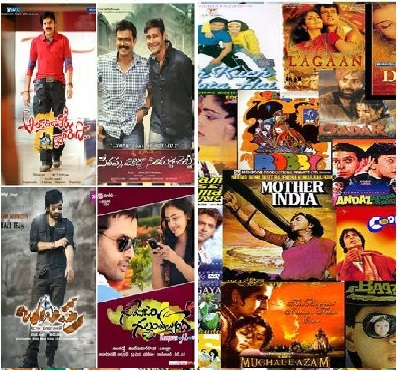
You start to worry and feel bad about yourself, then you get a little angry and decide to give this person the cold shoulder next time you see them. You think to yourself, “What did I do? He/she must be upset with me or doesn’t like me anymore.” You’re strolling down the street and someone you know walks right by you without saying hello. Here is a simple example to illustrate the model: Are they unrealistic or irrational? If so, what may be an alternative, more rational appraisal of the situation? A more realistic interpretation is likely to lead to different, healthier emotional and behavioral consequences. How you feel and what you do in response to your belief system (the emotional and behavioral consequences). Your interpretation of the situation, what you tell yourself about the event (your self talk) and your beliefs and expectations of others. This is basically the situation at hand that triggered your mental though process. This refers to the initial situation or “trigger”. The A-B-C-D is a classic model, it is outlined below and can be used in a variety of circumstances, to help one think and act more rationally: In the next section, I will explain how the A-B-C-D model works and give some examples.


This is where Cognitive Behavioral Therapy comes in, to slowly re-learn and re-adjust the believes. But instead, due to our automatic believes, we will directly judge and generalize. You are faced with another rich person that does not necessarily exhibit haughtiness or disrespect. That belief may have been true in the past when you formulated it, but today the situation is different.
#Abcd format full
You then come to a conclusion that all rich people are snobby and disrespectful / full of themselves. To some extent, one can say that our interpretations and views are constructed based on original believes, acquired believes (society, friends, family, peers, media, etc.) or well thought and learned believes.Īfter we form a certain belief, or judgement, the next time we encounter a situation (or a stimulus), we don’t think and reevaluate the situation again, instead we rely on the automatic thoughts that we previously formulated.Īutomatic thoughts, do not have to be based on reality, instead they could be formulated based on preconceptions or various negative situations and then we tend to generalize and believe the generalization.įor example: you have been treated badly many times by rich people. Since our early age, we start to formulate our own interpretations and view of the world (and all the interactions that happen therein).
#Abcd format how to
The moment I learned about this model and understood how to apply it, it became an important tool in my daily life.

#Abcd format free
This model can help one think and act more rationally, thus lead a stress free life. It is developed by one of the Cognitive Behavioral Therapy (CBT) founders: Albert Ellis, PhD.

It is called the “A-B-C-D Model” or simply the “ABC cognitive model”. For example, "The student will create sentences using a variety of subjects and predicates without error." Using degrees within objectives helps teachers better gauge student understanding of the lesson content.I am not a psychologist, but recently I learned about an interesting tool that can help one enhance their cognitive behavior. For example, "The student will compute 20 addition facts within one minute." For behaviors that can and should be performed without error, the degree can indicate this as well. For example, "The learner will classify animals by species with 80 percent accuracy." Time limits are often used for math facts or sight-word assessment. When using percentages or number of correct responses, 80 percent or eight out of 10 are commonly used expectations for accuracy. Depending on the type of lesson, this figure can designate a percentage of accuracy, a time limit or a number of correct responses expected. However, the degree should be included whenever possible to provide better guidance for student assessment. In some circumstances, it may be acceptable or appropriate to omit this portion of the objective. The degree sets forth the standard for student success during the lesson.


 0 kommentar(er)
0 kommentar(er)
